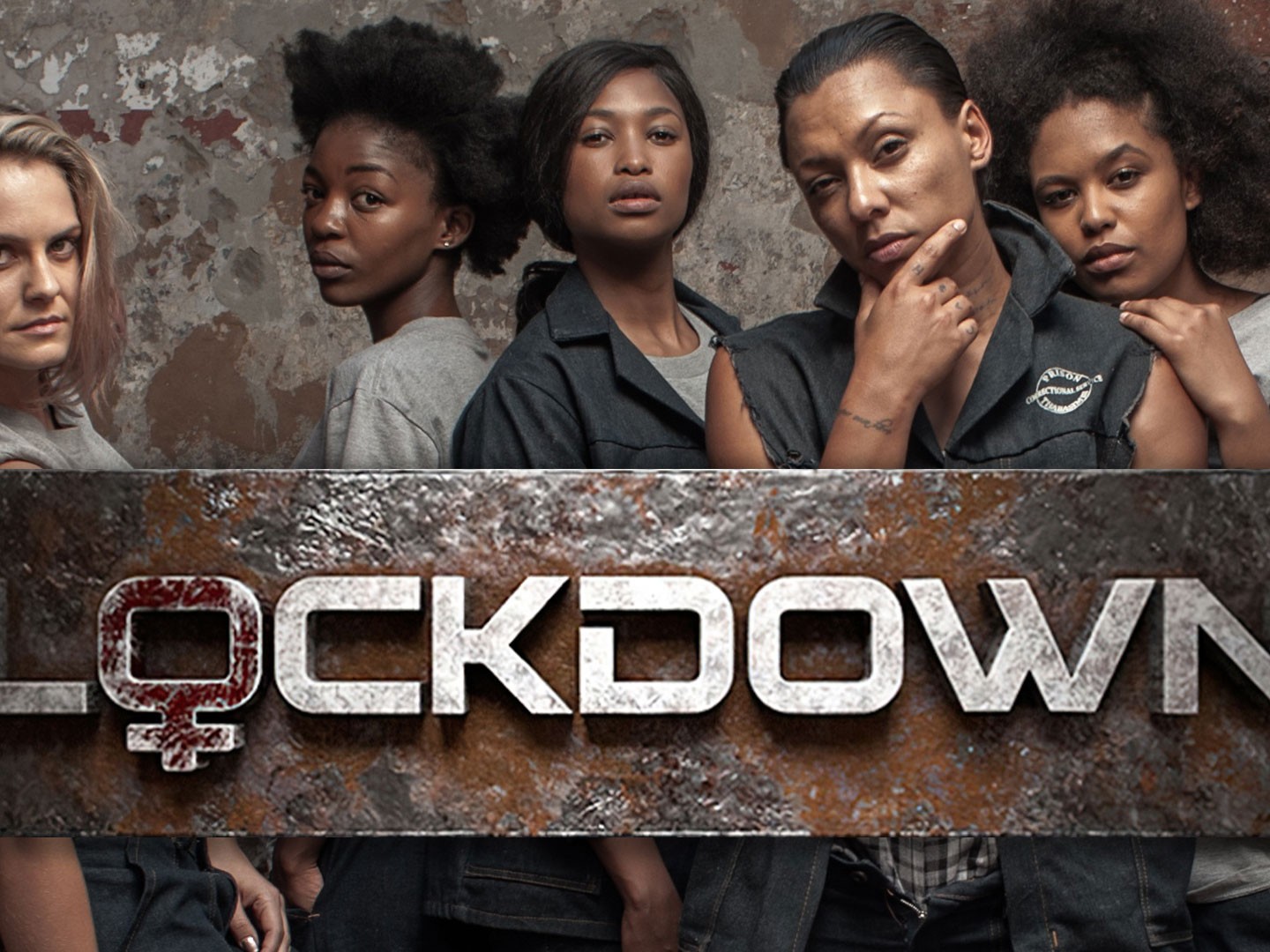Share this!
An Overview of Video on Demand Services
Video on demand (VOD) is a system that allows people to choose and watch or listen to audio content or video content – when they choose to. This is different to normal television services which have scheduled content throughout the day.
With VOD services, users can decide when they want to consume specific content as opposed to having to watch or listen to content at a specific time. IPTV technology is usually used to bring video on demand to televisions, mobile phones and desktop computers.
Television VOD systems can either stream content through a set-top box, a computer or other device, allowing viewing in real time, or download it to a device such as a portable media player or computer so that it can be watched at another time that is convenient for the user.
VOD features basic controls such as Play, Fast Forward and Rewind. This type of service has become phenomenally popular over the past few years. It has created an ecosystem of content where viewers can choose their own filmed entertainment from a wide selection of content available. There are different types of video on demand services, listed below:
SVOD
SVOD, which stands for subscription based video on demand, refers to a system where a monthly payment is required to view the content. Companies that offer SVOD services usually offer a week or a month free, as well as a flexible commitment so that people are free to cancel their subscription with only a month’s notice. Some of the companies that offer SVOD services include Netflix, Showmax, Sky and Hulu.
TVOD
TVOD refers to transaction based video on demand. This is the opposite of a subscription based video on demand service as the user pays for the content on a pay-per-view basis as opposed to paying a monthly subscription fee. A couple of the benefits of TVOD are that:
- You will not be paying for content that you do not plan on consuming
- Many TVOD service providers also offer the latest releases
A sub-category of TVOD is called Electronic Sell Through and it means that users will have ongoing access to the content they have purchased, which is similar to Amazon’s Kindle books where the user will own the book forever after it has been purchased.
AVOD
AVOD stands for advertising video on demand. This is almost the same as television in the sense that people will be exposed to advertisements if they want to watch the content. The advantage of opting for an AVOD service is that the content is free to customers. YouTube is an example of an AVOD model because users are exposed to advertisements throughout the video content that they consume.
A Comparison between the Different Video on Demand Services
SVOD vs. AVOD
Platforms like YouTube have demonstrated that you can build a video on demand service based on advertisements and without a paywall, but on the other hand of the spectrum you have services like Netflix that have a paywall who are doing phenomenally well.
For companies looking to start a video on demand service, choosing between SVOD vs. AVOD will boil down to:
- Understanding their viewers
- Understanding their customer base
For consumers, choosing between SVOD vs. AVOD will depend on the type of content they want to watch. Many people will use both SVOD and AVOD models. For news clips, tutorials and news, for example, a person can opt for AVOD services, and for watching movies and series, they may choose an SVOD service like Netflix or Amazon Prime.
TVOD vs. SVOD
A consumer choosing between TVOD and SVOD will generally make their decision based on the amount of content they consume. A pay per view service may be more affordable for a person who watches only one or two movies a month, while a subscription based service will work better for someone who consumes more television content.
SVOD services list
There are many SVOD companies across the globe. Below you will find a list of the current top 10 SVOD service providers:
- Netflix
- Amazon Prime Video
- Hulu (SVOD)
- TV
- HBO Now
- Starz
- YouTube Red
- Showtime
- CBS All Access
- Sling TV
SVOD Rights
Should there be new rules requiring foreign based companies to contribute to local content? Many continents are starting to question the rights of SVOD companies. Among the issues that are currently being discussed are:
- Banning proxy requirements
- Taxation
- Requiring foreign SVOD companies to contribute to the production of local content
Regulation is going to be very tricky because there is only so much you can do to block people from accessing content online. England, for example, is trying to block access to pornography on the internet, but people who want to access this type of content will always find a way around it.
A type of regulation that is worth investigating could potentially be blocking content that incites hate or defamation. With regards to protecting business interests, most countries agree that businesses will have to adapt to survive. The large providers such as DSTV will have to adapt because SVOD companies are part of our reality.
A Game Changer for Video Consumption
Video on demand is already widespread in most developed countries. And, it is set to change the way that people consume content. Industry experts are saying that this digital disruption will be the biggest change to hit the television sector since the introduction of paid TV in 1986.
While video on demand services promises to be a win for consumers, it will also put pressure on revenue streams for traditional paid TV businesses, not to mention the corner video store.
Content from video on demand services doesn’t come to you linearly. If you consider how most people stay updated with the news, you will realise that most people don’t consume content linearly (in real time), anyway. If, for example, there is a topical news item or video that is trending on Twitter, you will go to YouTube to watch the news segment, which has been recorded and broadcasted at an earlier time.
The biggest video on demand service that everyone is familiar is, is YouTube. This requires internet access, but there are video on demand services that don’t require internet access. DSTV’s Box Office service, for example, doesn’t require access to the internet. DSTV has integrated other offerings into their package such as ‘Catch Up’, which is also video content that is available at a later stage without internet access. This content is available to users through a satellite and decoder as opposed to internet.
Internet-based video on demand services, however, are the disruptors in the market. Video stores still exist, but this could be mostly due to poor internet penetration in a country. The businesses who are being the most disrupted by paid video services are paid TV companies. If these companies don’t change with the times, then they will be the ones who will lose at the end of the day. They are also the prime ones to adapt in the South African context because they are the ones who are still making money.
The video on demand industry is very competitive. With paid TV, the competitive spaces are very regional. When you enter the video on demand space, companies will be competing against the likes of Amazon and Netflix. These platforms already have a global brand and they are already renowned for offering a great service and new content, so a new player would have to make sure they are able to offer an even better product.
Demand Africa is an African SVOD service provider that is available on:
- The web
- Mobile-web
- iOS
- Android
- Roku
- Apple TV
- Android TV
- Amazon Fire TV
We offer a 7-day free trial. Start watching TV and movies now.



